Flight attendants required
I am on a 50 passenger seat aircraft that has two jumpseats. Only one Flight Attendant is required. If a jumpseat rider occupies the empty jumpseat, does that constitute a fifty‐first seat, triggering the requirement to add a second Flight Attendant?
The extra jumpseat used by a jumpseat rider does not constitute a 51st seat. The reason is within 14 CFR 121.391 Flight Attendants, which explains the flight attendant requirements. The regulation says:
(a) Except as specified in §121.393 and §121.394, each certificate holder must provide at least the following flight attendants onboard each passenger‐carrying airplane when passengers are on board:
(2) For airplanes having a maximum payload capacity of 7,500 pounds or less and having a seating capacity of more than 19 but less than 51 passengers—one flight attendant.
The important words of the regulation are seating capacity. The plane has a passenger seating capacity of 50 passengers. Lap children don’t count toward the seating capacity, and neither do the jumpseats. Additionally, if you look in the regulations to find information about flight attendant jumpseats, you’ll be disappointed as there’s very little information about them. They’re not passenger seats, so they can’t be sold. Only authorized persons may occupy a flight attendant jumpseat for taxi, takeoff, and landing. Any non‐rev seated in a flight attendant jumpseat should be aware and briefed they are to behave like a passenger, meaning they must be seated with the seatbelt on whenever the seatbelt sign is illuminated as they are not a working crewmember. It doesn’t matter whether they are company personnel or not, or flight attendants off duty wearing their uniform or not. Unless the person is assigned by crew scheduling to work [operate] that flight, they are not crewmembers, they are considered passengers.

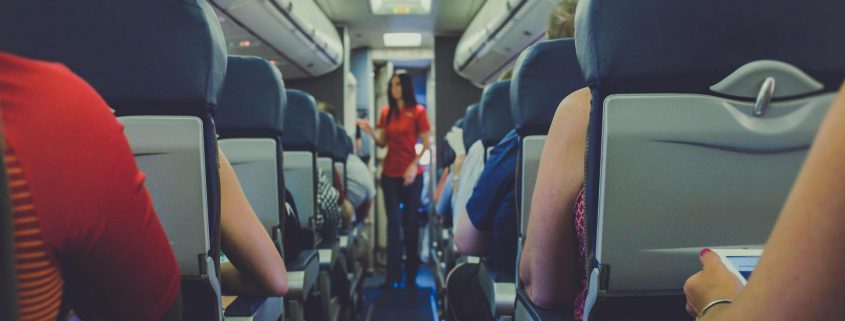
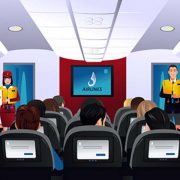
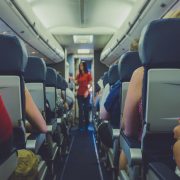
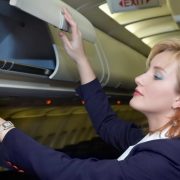
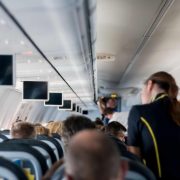

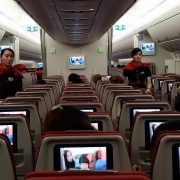


Leave a Reply
Want to join the discussion?Feel free to contribute!